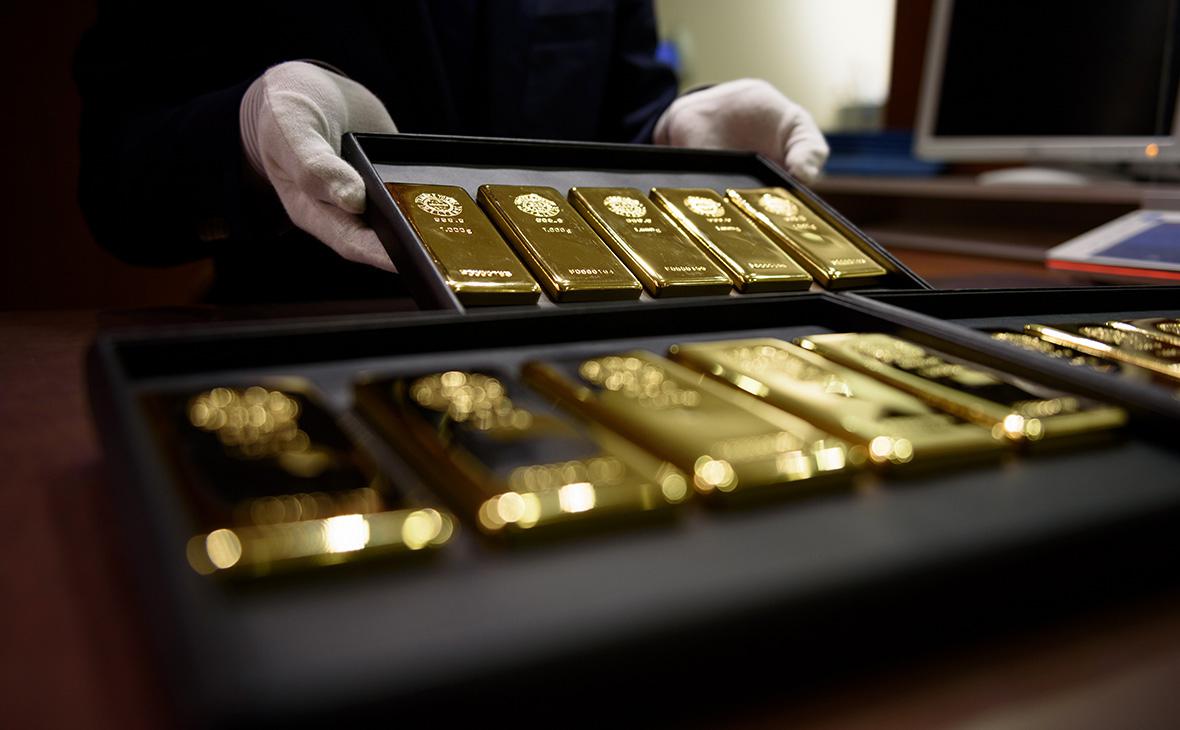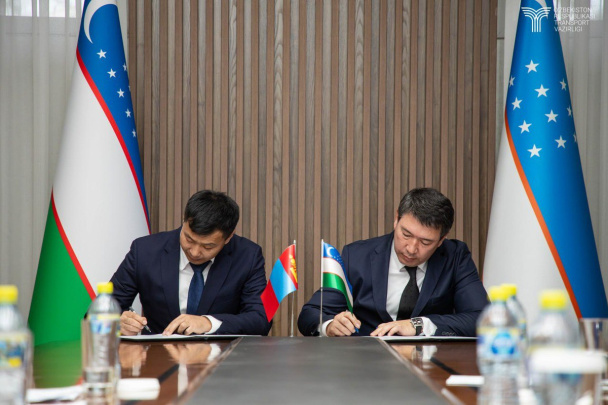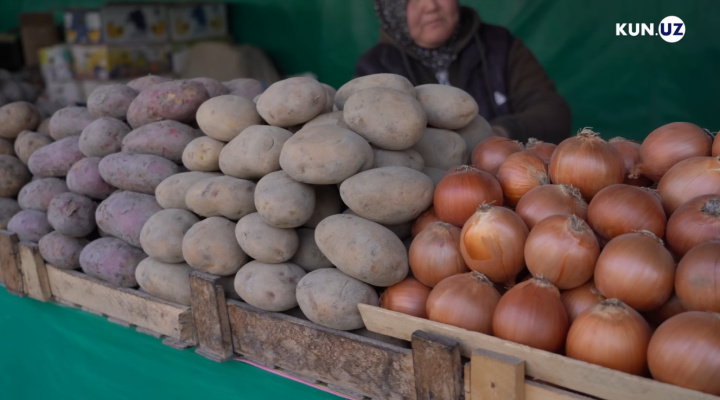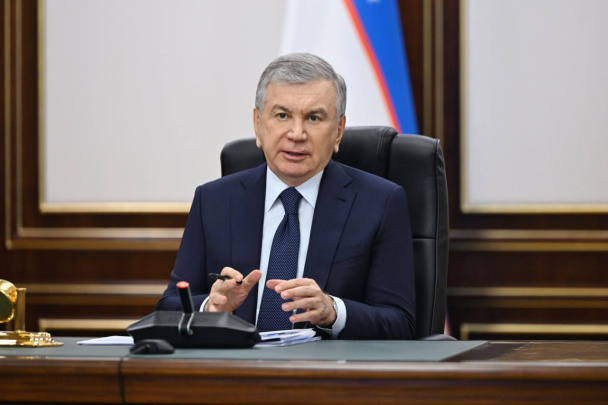Meanwhile, foreign currency assets declined sharply by $1.3 billion to $7.3 billion.
The overall increase in reserves' value is linked to the rising price of gold: the "financial cushion" portion of gold reserves grew from $32 billion to $35 billion. The net physical volume of gold also slightly increased—from 12.30 million troy ounces in December to 12.56 million troy ounces in January.
"The impact of gold prices rising from $2,610.85 to $2,791.50 per ounce over the month amounted to +$2.269 billion," the Central Bank’s report stated.
Initially, January’s report included a separate item labeled "other reserve assets" amounting to $2.8 billion. Economist Otabek Bakirov speculated that this might represent the liquid portion of the assets of the Fund for Reconstruction and Development held abroad.
However, the Central Bank later updated the report and adjusted this item to zero. So far, the Central Bank has not provided any clarification on the matter. Kun.uz has sent an inquiry to the Central Bank’s press service regarding the situation.
It is worth noting that in 2024, Uzbekistan’s official reserves increased from $34.56 billion to $41.18 billion — a rise of 19.1%. The primary factor behind this growth was the sharp increase in global gold prices, which repeatedly reached historical record highs throughout the year.
Gold prices have continued to rise at the beginning of this year as well. Last week, the price of a 1-gram gold bar offered by the Central Bank exceeded $95. Since the start of the year, the price of this precious metal has increased by more than 9%.






